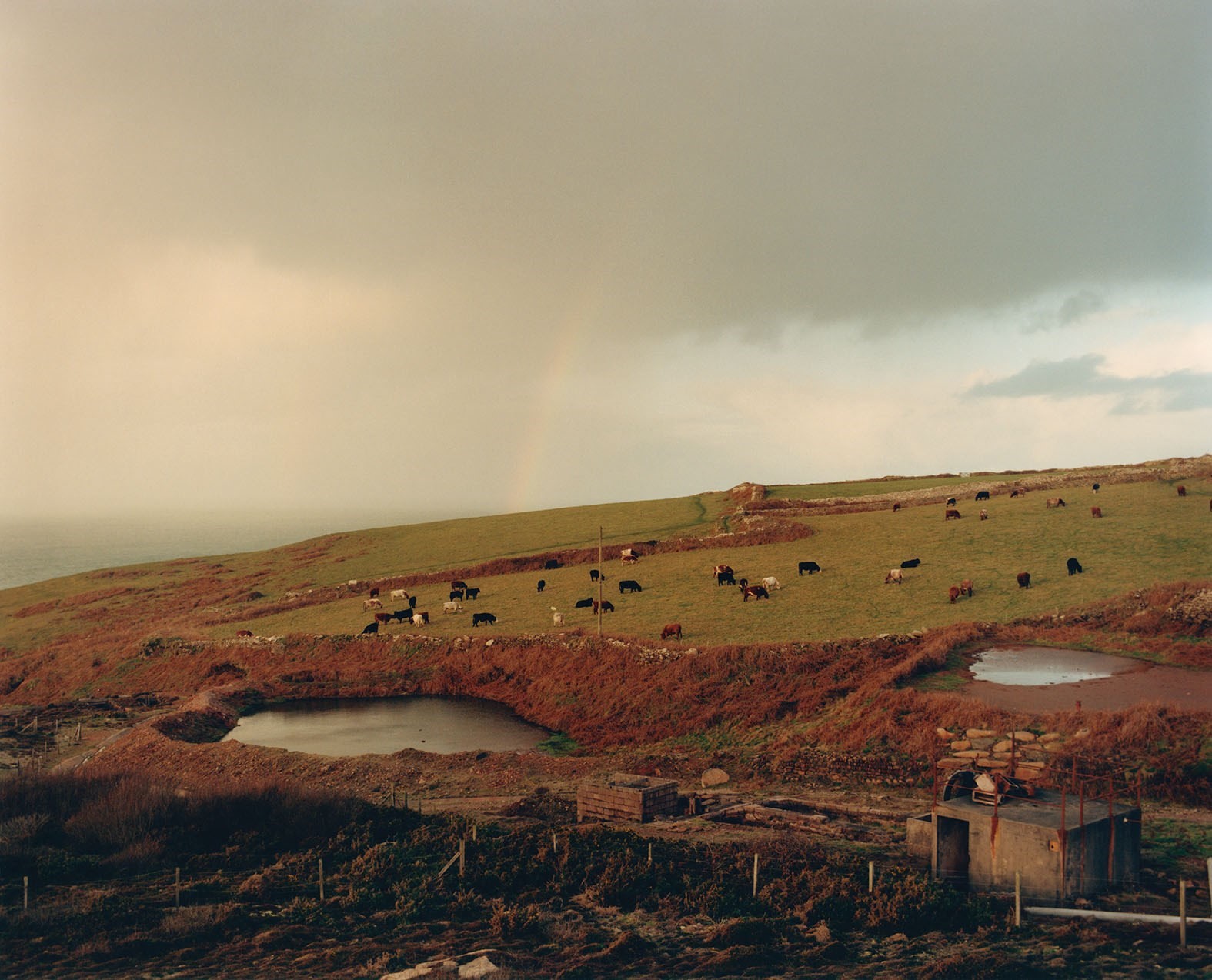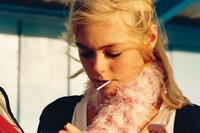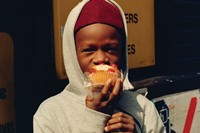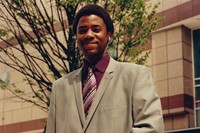The idea for Jamie Hawkesworth’s newest book came to the photographer in the last couple of years, but its pages are printed with images dating back over the previous 13. Spanning 2007 to 2020, The British Isles, published by MACK, is 310 pages of portraits and landscapes taken all over Britain. The earliest images are from the very beginning of Hawkesworth’s photography career – he started catching trains to different parts of the country and taking pictures of passersby. “I came to photography quite late, and I realised that if I just walk the streets and ask people to take their portraits, there are so many people that I’m going to learn how to use my camera really quickly,” he says over the phone.
In the years since that learning exercise, Hawkesworth’s work has permeated the worlds of photography and fashion: his celebrated book Preston Bus Station was published in 2015, he’s held solo exhibitions in London and beyond, and collaborated with brands like Alexander McQueen, JW Anderson, Loewe and Miu Miu. “Recently I realised that I’d never really looked at what I’d taken in Great Britain,” he says. “They were all just kept in a box.” Those published in The British Isles were chosen from around a thousand, he thinks. One portrait bears the signs of a young photographer getting to grips with the medium – small marks on a black and white print signalling film damage, as he explains later, only noticeable once pointed out – but the far-reaching collection is recognisably Hawkesworth, with the hazy warmth and sun-drenched palette he’s known for.
Absent from the pages of The British Isles is text: the book doesn’t signal the places or dates the photographs were taken because, for Hawkesworth, those details are incidental. “One weekend I’d be in Hartlepool or the Midlands or Leeds or Manchester and then I’d be down at Land’s End, and it would always be such a visceral surprise. In the book it felt so great to move through all those different places, and that felt much closer to the actual experience, rather than organising it chronologically. The spirit of the whole book was never about trying to sum up these different towns, it was the fact that I could get on a train and go somewhere new.” The photographs feel timeless and familiar: from the faces that populate UK towns and uniquely British landscapes to quiet passing street shots and young people laughing.
Looking through the book in the context of the last year and a half, the compelling portraits and beautiful landscapes take on a new poignancy, as Britain has collectively navigated the pandemic. For Hawkesworth, finalising The British Isles during this time allowed him to see the photographs anew. “I did some key worker portraits in the middle of the pandemic – three of them are in the book – and that gave the project extra energy which I think it really needed to take shape. I remember cycling through London when it was really quiet, and being able to go to the dark room and print portraits of people was like a dream. It made me appreciate how time changes a photograph. I was looking at pictures that I’d taken in 2007, and some were pictures that I never would’ve printed before, but now I really appreciate the most simple of gestures. Even the way someone’s hand is held becomes this extraordinary thing.” Here, Hawkesworth remembers those trips up and down the country, and shares stories behind five photographs from The British Isles.
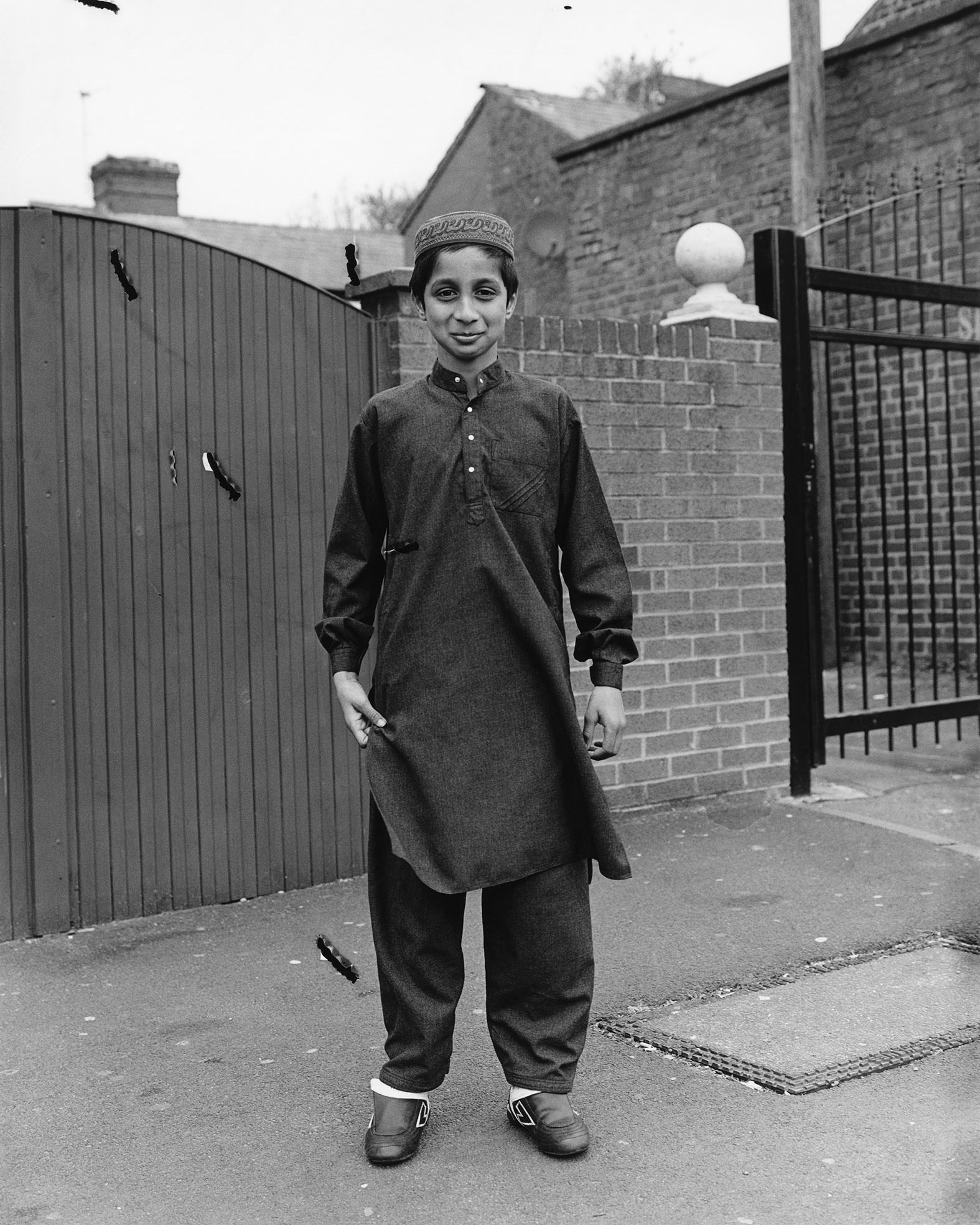
“The first image in the book is a black and white picture of a kid. If you look closely there are some black lines that sort of take over the image. The first camera that I was given is the one I still use now, a Mamiya RZ67 and I remember using it for the first time. I took it out without a tripod, and on that roll of film, half the images were blurred and half the images had holes through them because I’d never processed a black and white film before. I clipped the metal in the wrong place in the dryer and put holes through the negs. So this image just makes me think of the joy of processing film, right around when I started in 2007. The idea of using your hands to play with a camera and be in the dark room and all the logistical aspects of processing film. It all felt so great and I couldn’t shut up about it to anyone, so I left those holes in there because it takes me back to doing it for the first time. It’s a nod to starting photography really.”
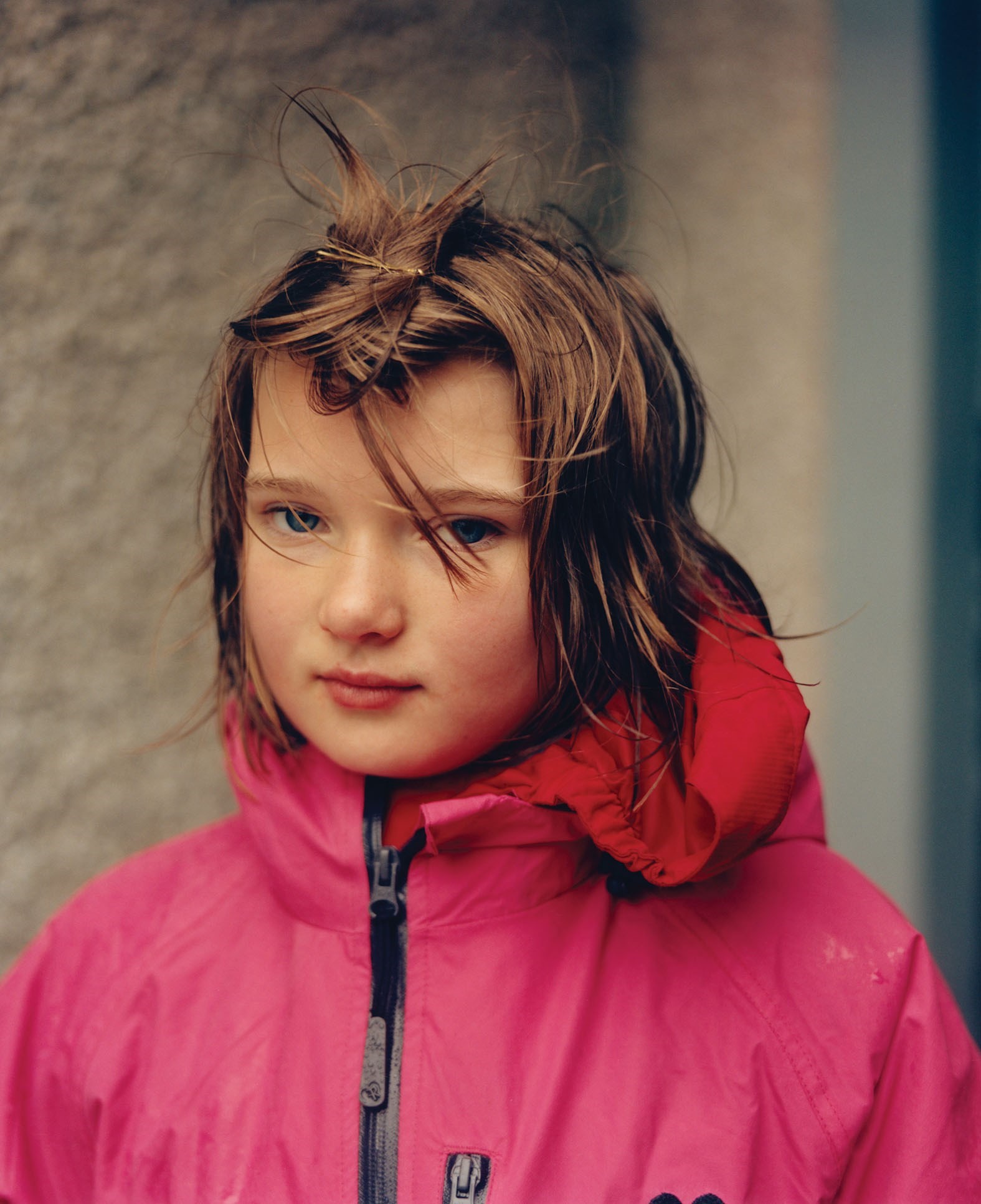
“I’d be walking around with a heavy camera in the middle of nowhere, and there was horrendous weather sometimes – in places like the Hebrides and the Shetland Islands. When I got to the Shetland Islands I was completely soaked through, and I didn’t bring any spare clothes because I was carrying my camera and a tripod and a load of film. I’d taken a train, two ferries and two buses and I was dropped off at the town hall. I remember thinking, what the hell am I doing here? It just so happened they were having a pony competition there, and I saw this girl in a pink tracksuit from a mile off. She’d just taken her horse riding helmet off and had this crazy hair. It was pissing it down with rain so her hair got quite weird and wet, and it just looked bonkers. I asked her parents if I could take her portrait and that was the picture. It’s one of the favourite pictures in the book because it reminds me that you can go really far, and if you come back with just one portrait it’s completely worth the journey. It’s the one picture I have in my flat printed, because it drums home that sense of getting out there.”
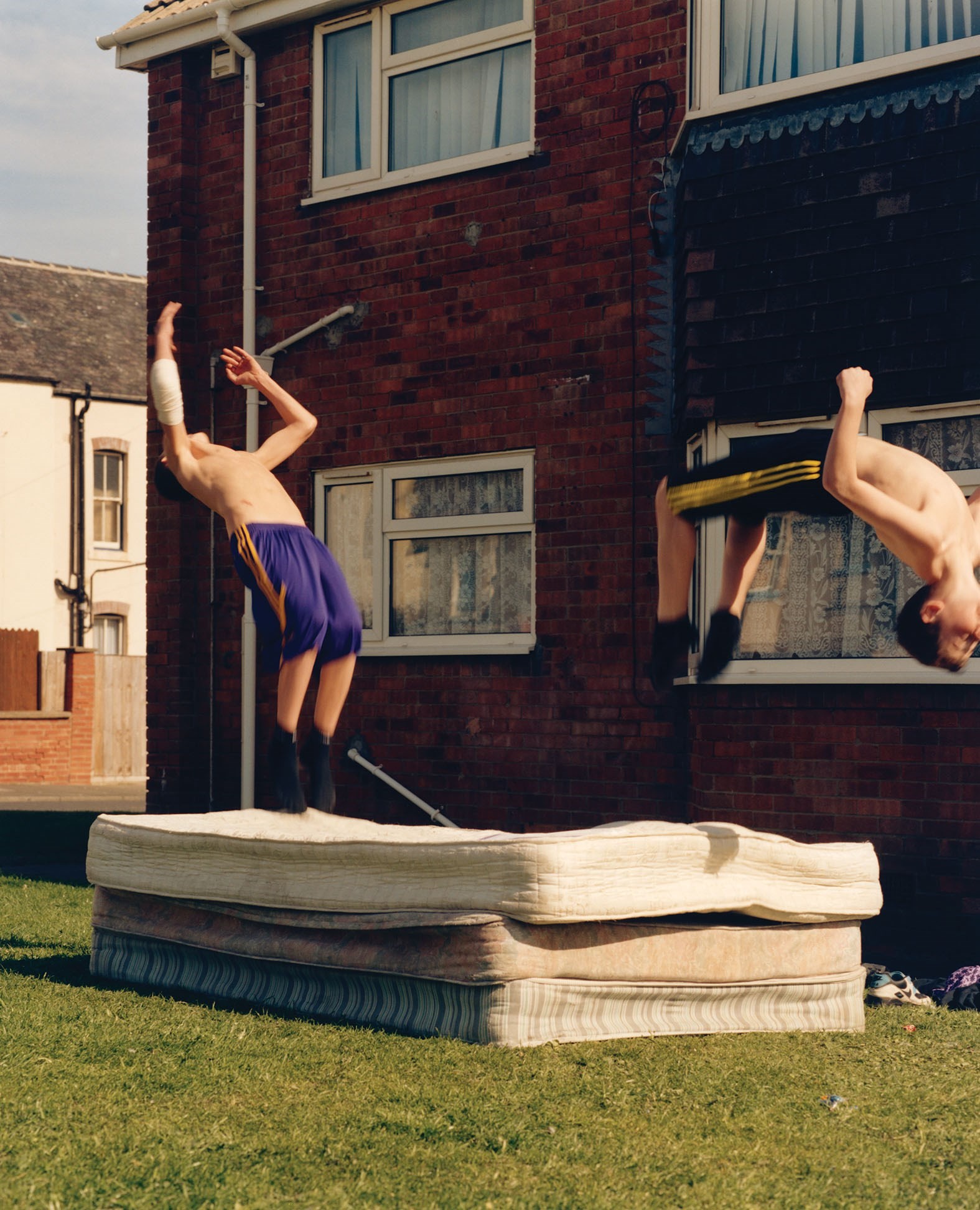
“It’s amazing what a normal day chucks up if you’re just open and curious. I was in Hartlepool, and to turn the corner and see two kids dragging some mattresses out of their front window to jump on them in the garden – I honestly couldn’t believe my eyes. I remember seeing it and running towards them like a madman asking them to do it again. It was one of those extraordinary moments where reality becomes almost surreal and unbelievable, and you couldn’t have imagined that would happen. But even then saying that – it is quite a normal thing for kids to do. That’s what makes it even better, that it is an incredibly ordinary thing but somehow it becomes strange and amazing. I hope that that’s at the heart of the book, where everything is quite familiar but then actually extraordinary at the same time.”
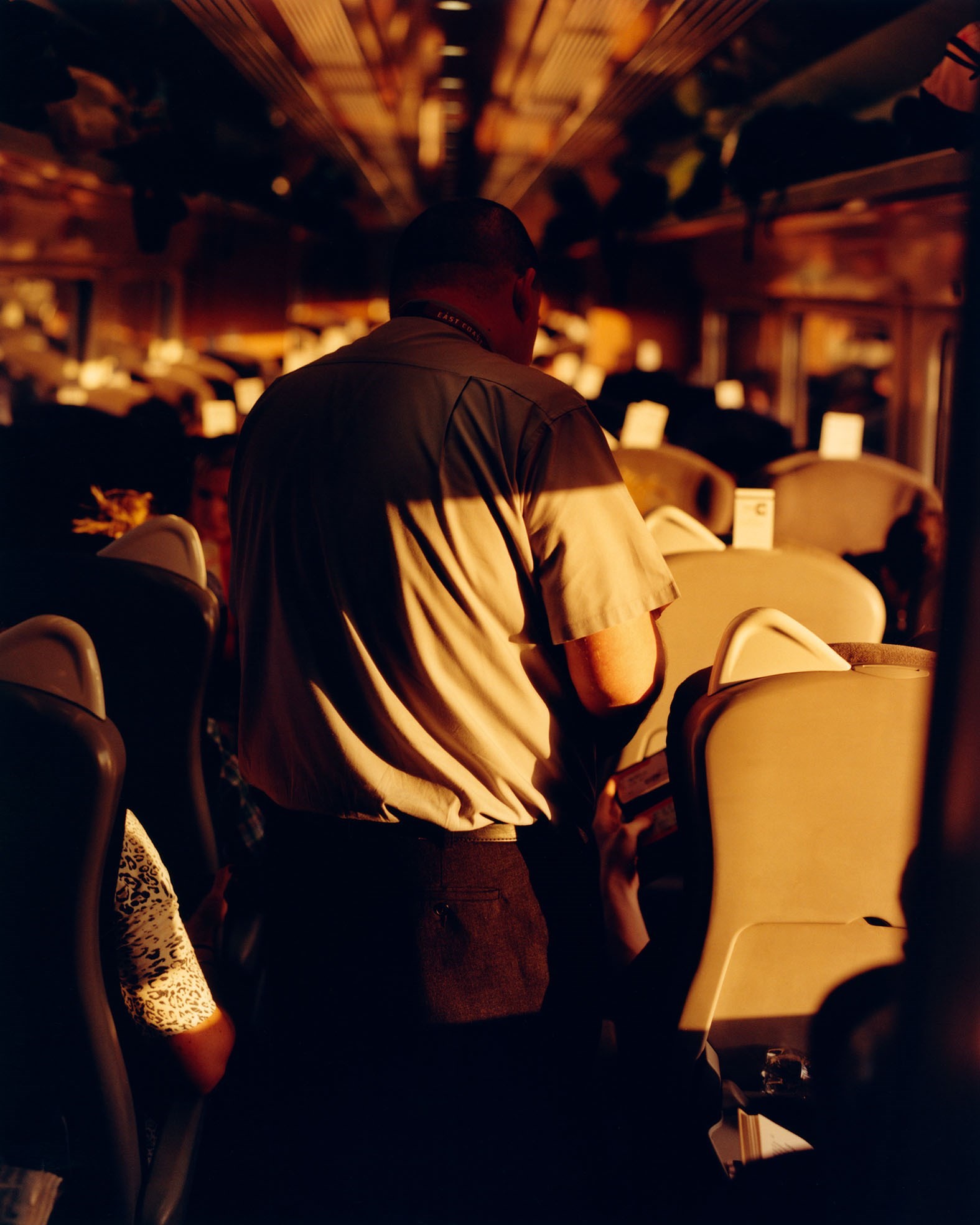
“I feel like as a photographer if you’re sensitive to the now, there’s endless opportunities to be inspired because you can just walk out the door. Sometimes it’s really hard to just go out, and it does feel like walking into the abyss because you might just be walking and walking and never find anything – but that’s part of the charm. This has always been a picture I really like. I would leave very early in the morning so I could make the most of the day, and there would be these incredible sunrises pouring into the train. That was really nice, but at the same time all the seats would be reserved with those tickets sticking out of them. And because I never booked, I’d always be annoyed that I couldn’t sit anywhere. This was one of those moments where there was this incredible sunlight, which reminds me of the sheer wonder of going on a train, but I’d be sat with a cup of tea and a chocolate bar in that in-between part of the carriages – so it’s also about how boring and frustrating it can be.”
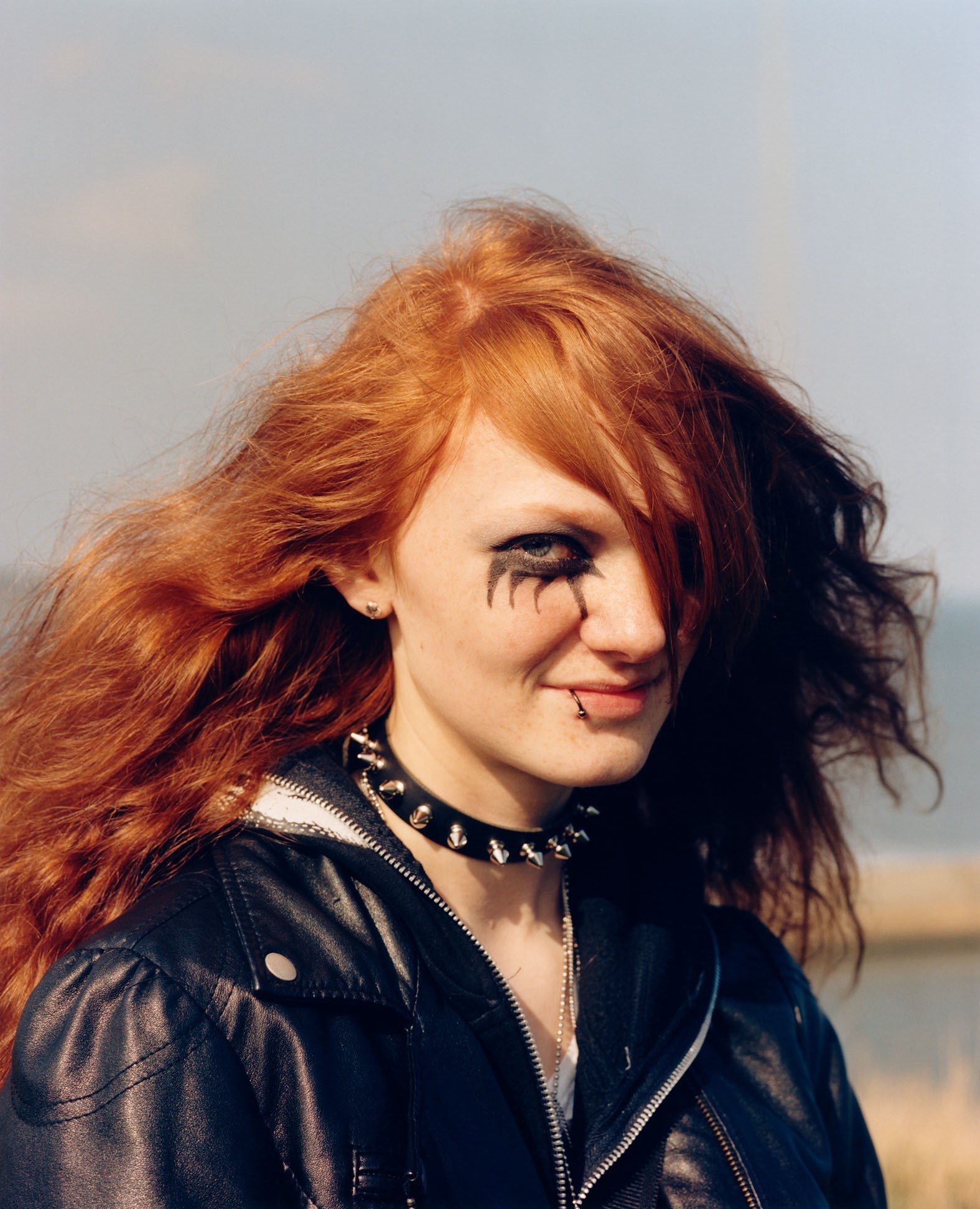
“Every year there is a Whitby Goth Festival where all the kids come together at this one church where Dracula first came to the shores of England, apparently, and they all dress up. I’d heard about this and I couldn’t quite believe it, so I went up there. A few pictures in the book are from there. Again the idea of dressing up and going to a church just feels so fantastically weird. I spent a couple of hours walking around Whitby and I came across that girl, and it was a great moment. The church is exactly what you would imagine a place Dracula came to would be like, right on top of a hill. To fall into that experience of what those kids do every year is such a great thing, to see and be around. In the book, it’s next to a picture of a shop with a huge sign saying ‘Well Worth It’. A long time ago when I first moved to London and I was doing these trips on weekends, I would pair pictures up – a portrait and a landscape – to then email people and magazines. I did that for about a year, reminding people that I was around and working. I think I took these two in 2014, and I kept them like that in the book because it was always such a lovely combination.”
The British Isles by Jamie Hawkesworth is published by MACK. Jamie will be signing copies of the book at DSM London on Friday, 6 August, from 4pm-6pm.
